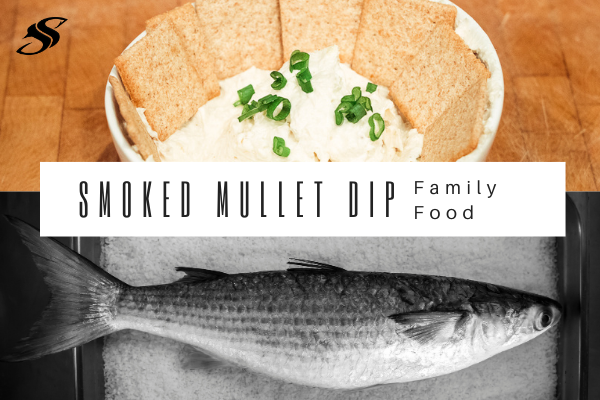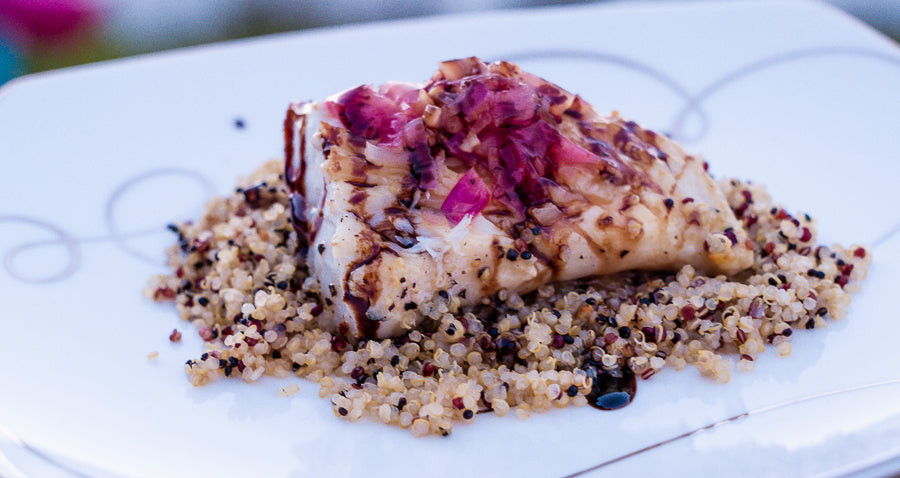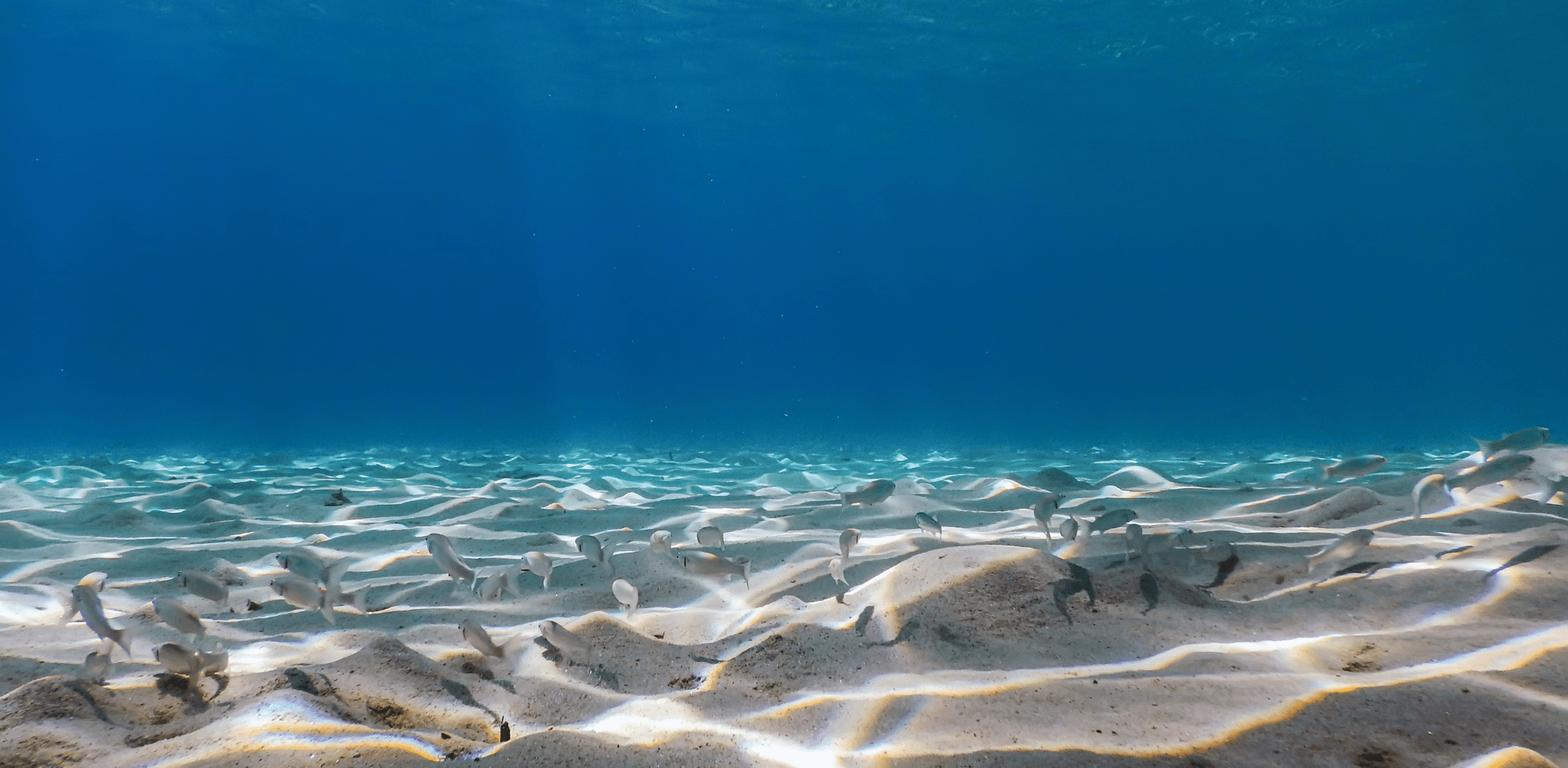
Understanding Solunar & Tides for Fishing Video Transcript
[00:00:07] Hey, good evening, ladies gentlemen. Captain Taylor Here with saltyscales.com, one of the most popular questions that I get asked quite frequently is when the best time to go fishing is? Well, my response is always the same. The best time to go fishing is when you can. But that doesn't mean you can't improve or increase your odds when you go fishing by knowing a few different things and utilizing a very great tool available. The best part about it is that it's free to all of us anglers right here on the World Wide Web. So what I want to discuss this evening is a little bit about the weather, this tool, of course, tides and solunar, and why they matter when you're going fishing. Again, guys, this isn't one hundred percent. You don't have to only go by these days and these tides and these moons, because I've gone out on the absolute worst days possible, according to the solunar or tides and weather. And I've had some of my very best days. So don't let this hold you back, but use it as a guide and know that if you use it properly, you're going to catch more fish, you're going to become more efficient, and fishing is going to be more catching. Let's jump in. I'll show you in more depth the things that make a significant impact on your fishing success.
[00:01:18] All right. Ladies, gentlemen. So here we go. I'm on the website. Tides4fishing.com a free platform that you want to be using to plan your trips. Let's get started. Just looking over here briefly at the corner, you'll see that we're going to cover weather tides, solunar. And of course, this website also offers different areas that will also help with your fishing need. The first thing is the weather, it's incredibly crucial that you're watching the elements, guys, and you're looking to see the predictions for that day. No one wants to get stuck out there in harsh elements, and you don't want to be the headline of a tragic news story. So be mindful of the weather, respect Mother Nature, and look at these things. So from right off the get-go, guys, you see that here? It shows the wind, temperature, humidity, and visibility. All of this data is imperative. Obviously, due to the fact, for example, if you're expecting a low tide. You're going fishing on a low tide; wind could come in the Tampa Bay; for instance, if we have a specific wind, it could flush that water out and make it even lower than we may have anticipated. Therefore, you know that you won't target particular holes because it'll be dry land.
[00:02:51] So be aware of that. Please pay attention to your wind; it's essential. And also, particular winds, I think, do produce a better bite. You know, some say if it's the wind blowing from the West for the best if it's blowing from the south, the bait falls in their mouth, blowing from the east fishing is the least blowing from the north. Just don't go fishing at all. That's the old saying. They're not exactly right, but the wind does impact the fishery. Now, the pressure is significant, guys; you'll see here that you have a rising, stable, and falling pressure, rising pressure is the best pressure to fish. And the reason being, just so you know, I mean, the barometric pressure is defined as the weight or mass of the entire air column on a unit of surface air at sea level. It's important because fish sense pressure changes through their air bladders. Fish with small air bladders such as kings, Spanish mackerel, wahoo, and dolphin aren't affected by barometric changes as those with large bladders such as trout, redfish, tarpon, grouper, and snapper. And the reason is that fish with small bladders have a body density closer to that of the surrounding water. They don't sense the pressure changes as dramatically, so their comfort levels aren't drastically altered. However, many things they eat have air bladders, and that alone can have a significant impact on where you might find them and how they might behave.
[00:04:23] fish with large bladders quickly sense when the air pressure is changing or dropping, I should say, because there's less pressure on their bladder. And when there's less pressure squeezing their bladders, their bladder expands a bit. When their bladders expand, fish become uncomfortable. They relieve the discomfort by moving lower in the water column or absorbing extra gas and their bladders. Because of the anatomical and physiological stress that's exerted on them, they're not worried about eating at that particular time. They're more concerned when trying to find a depth, or they can stabilize their bladder pressure and feel good. So I'm pretty sure you can relate to that when you're not feeling well.
You don't think about eating, do you? I know I don't. And the same thing applies to fish or animals in general. So that's important, guys, to make sure you can see these charts are very detailed. It's a little more challenging of a condition to predict this pressure. What I think with our technology in this day and age, we're getting a bit better. But you can see how this pressure here increased drastically at eight a.m. and then had a sharp decline for a large portion of the day and then a sharp incline again at eight p.m. it started eight to 12. So that rise in pressure definitely will help increase your odds of catching fish. Let's continue to scroll down.
[00:05:55] Here's the UV protection or the UV notification. And guys, this is supercritical, and this is one reason. We started salty scales; fishing apparel is to put out durable American-made performance gear that keeps you protected from the elements. As you can see right here, our UV index is pretty much its highest. You essentially burn in minutes. Make sure that you're applying and wearing protective clothing. We're all very aware that melanoma is a serious condition. Many of us are taking it seriously because we see how it's affected people around us, and it's a very nasty disease.
[00:06:34] So protect yourself out there. Let's keep on going.
[00:06:40] All right, so here's a little chart that shows you the current air temperature and water temperature in our immediate area, and you can see that it's at seventy-six degrees. Water temperature is crucial; one of my favorite times to fish is in spring. When that water temperature between 70 and seventy-four degrees, I know the pelagics invade the bay along with many other species. So the water temperature plays a vital role in knowing when to target what species. Learning that and logging it will help you. All right, so let's continue to go down; you'll see here's another little chart showing the wave period. So when the waves might crest, the significance and the height of that wave are two-point six feet. So they're relatively large. And, of course, we have a west southwest wind or wave currently. And this is important, guys, because if the wind's blowing opposite of that, you know that you could potentially have even larger winds or waves.
[00:07:40] And, you know, it could be detrimental to your trip depending on if you're trying to cross a large body of water. All right, and this keeps going on with the wave height also helped show you the sunrise and sunset period. And we're going to keep going down here.
[00:08:05] This shows you the high tide and the low tide when it might be rising, and when it's falling, these are essential guys. Understanding the tide tables and the tidal coefficients will tell you the tide forecast's amplitude, which is the difference in height between the consecutive high tides and the low tides in that given area. And this is important because it tells you the strength of the current and which location you're going to be fishing. Often, guys, any time, like, for example, high tide an hour before high tide and an hour after high tide is typically always a peak fishing time for me. And you even see that right here. If you look at this chart, it shows a very high activity period around, what is it, five o'clock, four thirty-five, four forty-five o'clock. And that's because it's right at the peak of that high tide. And fish tend to feed directly at the top of the tide. And that first that outgoing tide and you'll notice that pattern. Same with this here. It's not as strong of a tide, the coefficient, but it's still a productive time to fish.
[00:09:16] Scrolling down, you'll see here, it's still touching on the high coefficient, the low. You can see that here.
[00:09:28] Here is just the tide chart, guys, for the entire month. And what's nice about this, it'll tell you the coefficient. If it's a four Tidey and ebb tide, one tide day gives you the moon phase and also recommends good fishing times, which are days.
[00:09:44] And these are, of course, based around the solunar periods, which is what we're going to talk about here in just a second.
[00:09:53] You'll see here the rising and setting of the moon. And this is the lunar transit is the time at which the moon crosses the local meridian, so there's major in their minor periods, and these major and minor periods are a time in which the fish feed are most active. So you want to pay attention to these times and even log it to track it yourself. But you can use these tables at anglers and hunters, do it all the time to tell when the moon is directly underfoot or overhead.

[00:10:28] The most vigorous activity occurs when there is a full moon or a new moon and is weakest when there was a quarter moon or a three-quarter moon.
[00:10:36] This is because the combined gravitational force moon's and the sun are most robust when both are directly above or directly below our heads; these are important details to pay attention to. And like I said, fish, especially these significant periods around a high tide, can be phenomenal.
[00:11:00] And again, this goes into more detail as to, you know, when the fish will feed the best moonrise—Moonset, sunrise, sunset.
[00:11:13] So, guys, this is pretty much it; this tells you the first quarter moon, last quarter moon, full moon, and new moon, all very important. But if you utilize this tool, guys, you're going to increase your catch ratio. You're going to have more fun on the water. And it's you don't have to get super scientific with it. Fish aren't as smart as we give them credit. They do feed at all hours of the day. But there are times, if you ever wondered, wow, why did I have such a great time on the water, our great fishing trip, this particular trip. But then I went back to the very next day, and it was terrible. Well, guys, so that you know, the tides are the same every two weeks. So if you had a great trip, say, one Wednesday and you know everything, the tides were right. You had a great trip in two weeks from that particular day; you're going to have the same type of tides. You might not have the same weather, that same winds. You'll have the same tides. So chances are, if you go back to that fishing area, you're probably going to have similar results. So make sure you're logging that and trying it. If you enjoyed this evening's tips, please give a thumbs up comment below and subscribe if you haven't already. We're going to learn a lot more together, and we will catch together next time. I'll see you on the water.




